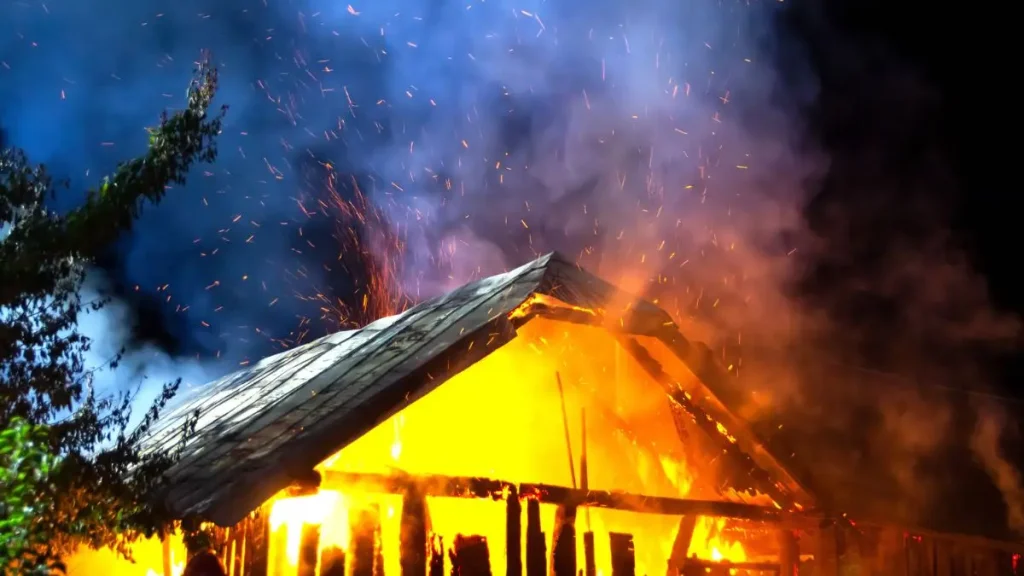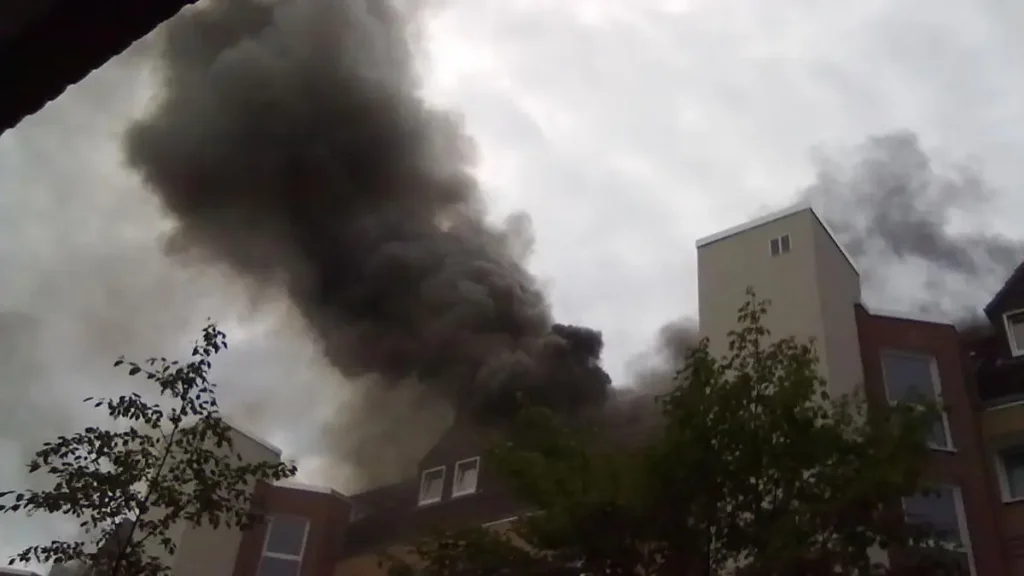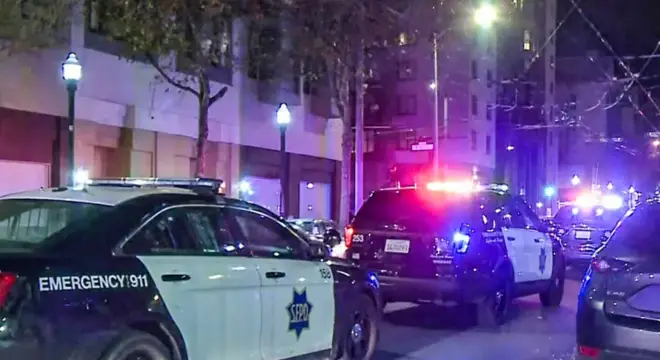Two Animals Rescued and Seven People Displaced in Cleveland House Fire
When I first read about the fire on Kenilworth Avenue in Cleveland, the number that stuck with me was seven. Seven people—neighbors, families—suddenly without a home on a quiet Sunday afternoon. And right behind that, something else hit: a dog and a cat were pulled from the smoke alive. That kind of detail doesn’t just fade away.
Here’s what we know. Around 3:35 p.m., Cleveland firefighters responded to a house fire on the 1000 block of Kenilworth. By the time they arrived, flames had already taken over the second floor of a 2.5-story home—and it didn’t stop there. The fire spread next door. Both houses were multi-unit buildings, four apartments each, and every unit was occupied. That means eight families were at risk.
No one was physically hurt, thankfully. But loss doesn’t always show up as injuries. Displacement in this kind of heat? That’s a different kind of struggle.
This isn’t just a news update—it’s a reminder of how fast life can change. If you live in a multi-unit home or own pets, what would you do in a situation like this?
Let me know in the comments—how prepared do you feel for a home emergency like this?
Fire Rips Through Two Apartment Homes
When I looked at the images and reports from Kenilworth Avenue, I couldn’t help but think—what if I were living in one of those upstairs apartments when flames broke out?
According to Fox 8, the fire started around 3:35 p.m. inside a 2.5-story home. It quickly escalated, with flames tearing through the second floor. Fire crews had barely arrived when the fire leapt to the neighboring building. And here’s what really struck me: both homes weren’t just single-family houses—they were split into four apartments each, and all eight units were occupied.
If you’ve ever lived in a shared building like that, you know how fast things can go wrong. One moment you’re enjoying a quiet afternoon… and the next, you’re watching your ceiling glow orange.
Fires like these aren’t limited to big cities—just this month, multiple homes caught fire in Shelby County during July 4th celebrations, showing how vulnerable residential areas can be during holiday events.
Who Was Displaced—and What About the Pets?
Reading this story, I couldn’t ignore the human cost—seven people suddenly without homes. No physical injuries were reported, which is honestly a blessing, but losing your home? That’s a wound that lingers.
If you’ve ever had to grab just your essentials and run, you know it’s not just about the roof over your head—it’s the memories, the comfort, the normalcy that goes up in smoke.
And as someone who loves animals, this part hit close: a cat and a dog were rescued from the second floor. Imagine the panic of not knowing whether your pet is safe. Firefighters didn’t just save lives—they brought someone’s family back from the flames.
You might want to think about what plan you have in place—not just for yourself, but for your pets. Because when things go wrong, seconds matter.
Have you ever faced a fire emergency or prepared a plan for your pets? Share your thoughts or personal safety tips in the comments—we’d love to hear your story.
What Caused the Fire?

Here’s something I always ask: Was it preventable?
According to Cleveland Fire officials, the cause is still under investigation, but they believe it was accidental and unintentional. And if you’re like me, that triggers a hundred questions: Was it an electrical fault? Cooking? Something left unattended?
We often overlook how fragile our homes are. I’ve seen enough to know that a small mistake—a charger left on the bed, a forgotten stove burner—can set off devastation in minutes.
If this scares you a bit, good. It means you care. And it might be time to double-check your smoke alarms or talk to your landlord about fire inspections.
Total Damage Estimated at $430,000
You know the damage is serious when the numbers start climbing into six figures. In this case? $430,000 in losses.
I’m not just talking about bricks and wood. This figure includes everything—structural damage, personal belongings, possible repairs, and restoration costs.
If you’ve never had to think about renters insurance or home coverage, now might be the time. Because I’ve seen people lose everything in a blink and have nowhere to turn.
These losses aren’t just about what’s gone—they’re about what it takes to rebuild. And that’s never cheap, especially when multiple families are involved.
In fact, similar large-scale losses were seen recently when a Peoria fire left ten people without a home after fireworks went wrong.
Firefighter Response and Challenges
One thing I always try to highlight in stories like this? The bravery and endurance of first responders.
Think about this: the fire broke out in the middle of the afternoon heat—and Cleveland’s been dealing with a brutal summer. Firefighters had to navigate heavy smoke, intense flames, and extreme temperatures just to stop the fire from spreading further.
When you see that kind of response, it makes you realize just how much risk these teams take on for people they’ve never even met.
And if you’re in a fire-prone area or live in older housing, it’s a good time to ask yourself:
Do I have an escape plan? Would I know what to do?
Because while firefighters show up when things go wrong, you have to make the first move to stay safe.
In another recent case, an Aurora family narrowly escaped a house fire with help from neighbors, reminding us how community support can be lifesaving during emergencies.
Safety Takeaways for Renters and Pet Owners
When I read stories like this, I think of all the what-ifs—especially for people living in apartments or with pets. So let’s turn this from just a headline into a reason to prepare.
5 Quick Tips to Prevent Fires at Home
- Test smoke alarms once a month.
- Avoid overloading outlets.
- Don’t leave stoves unattended—even for a second.
- Keep fire extinguishers in kitchens and near exits.
- If you’re a renter, ask your landlord about fire inspections.
These small actions can stop a $430,000 disaster before it starts.
Got Pets? Here’s How to Keep Them Safe in Emergencies
- Keep pet carriers close to exits.
- Use window decals to alert firefighters to pets inside.
- Practice fire drills that include your pets.
- Store leashes, collars, and treats in one spot.
- Make a pet emergency bag—just like you would for yourself.
In this Cleveland fire, a cat and a dog made it out. That’s not luck—it’s effort.
Are Cleveland Fires Becoming More Common?

It may feel like this fire was just a rare event, but Cleveland has seen a string of similar incidents in the past few years.
In April, multiple pets were rescued during an apartment fire in the Garden Valley neighborhood. Last summer, two large fires broke out just days apart in Slavic Village. The city’s older housing stock, often built before modern fire codes, adds to the risk—especially in low-income or multi-unit setups where safety upgrades often lag.
Many homes don’t have updated wiring, sprinklers, or fire-blocking insulation. That’s not just a statistic—it’s a citywide challenge. And it’s worth asking your landlord—or yourself—when was the last fire inspection done?
This fire wasn’t isolated. It was a reminder.
What You Can Do to Help?
You don’t have to be a firefighter to make a difference. Here’s how you can support:
- Look for donation pages—search for local GoFundMe campaigns related to the Kenilworth fire.
- Support the Northeast Ohio chapter of the Red Cross, who often step in during emergencies like this.
- Share this story with friends or family—especially those living in similar apartment settings.
Sometimes, even just sharing fire safety tips on WhatsApp or Facebook can start conversations that prevent tragedies. You might help someone else prepare before it’s too late.
Final Thoughts
This fire displaced seven people, destroyed two homes, and left behind a $430,000 trail of damage. But the biggest takeaway? Everyone made it out alive—thanks to fast response, a bit of luck, and a lot of courage.
If you’re reading this, let it be more than news.
- Check your smoke alarm.
- Plan a quick escape route.
- Talk to your family—or your pets.
Because you never think it’ll happen to you until it does.
For more updates on home safety and fire incidents across the country, visit our website Build Like New.
Disclaimer: This article is meant for informational purposes only. Please consult official emergency services or certified fire safety professionals for accurate guidance. We do not offer legal or emergency advice.


